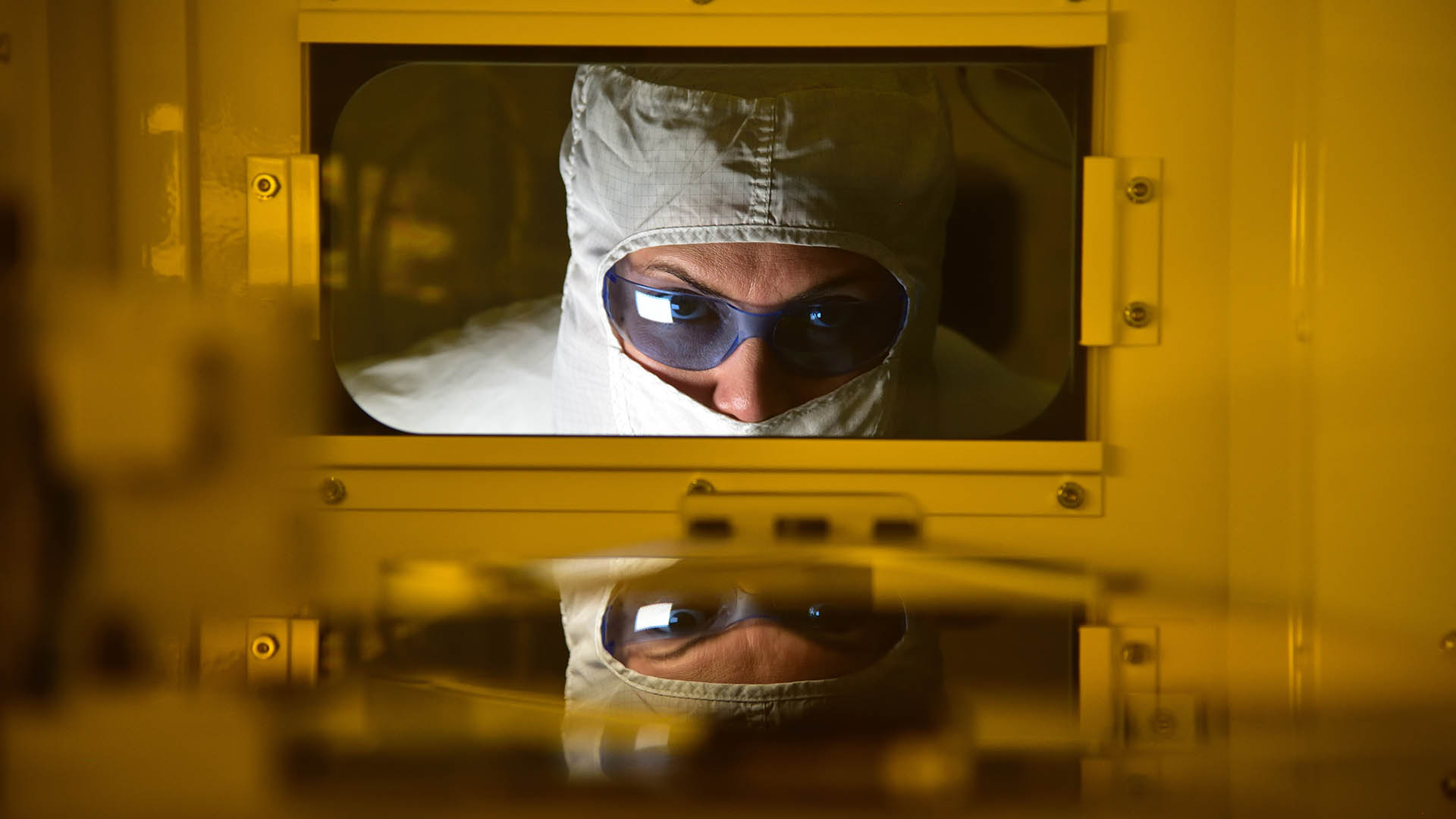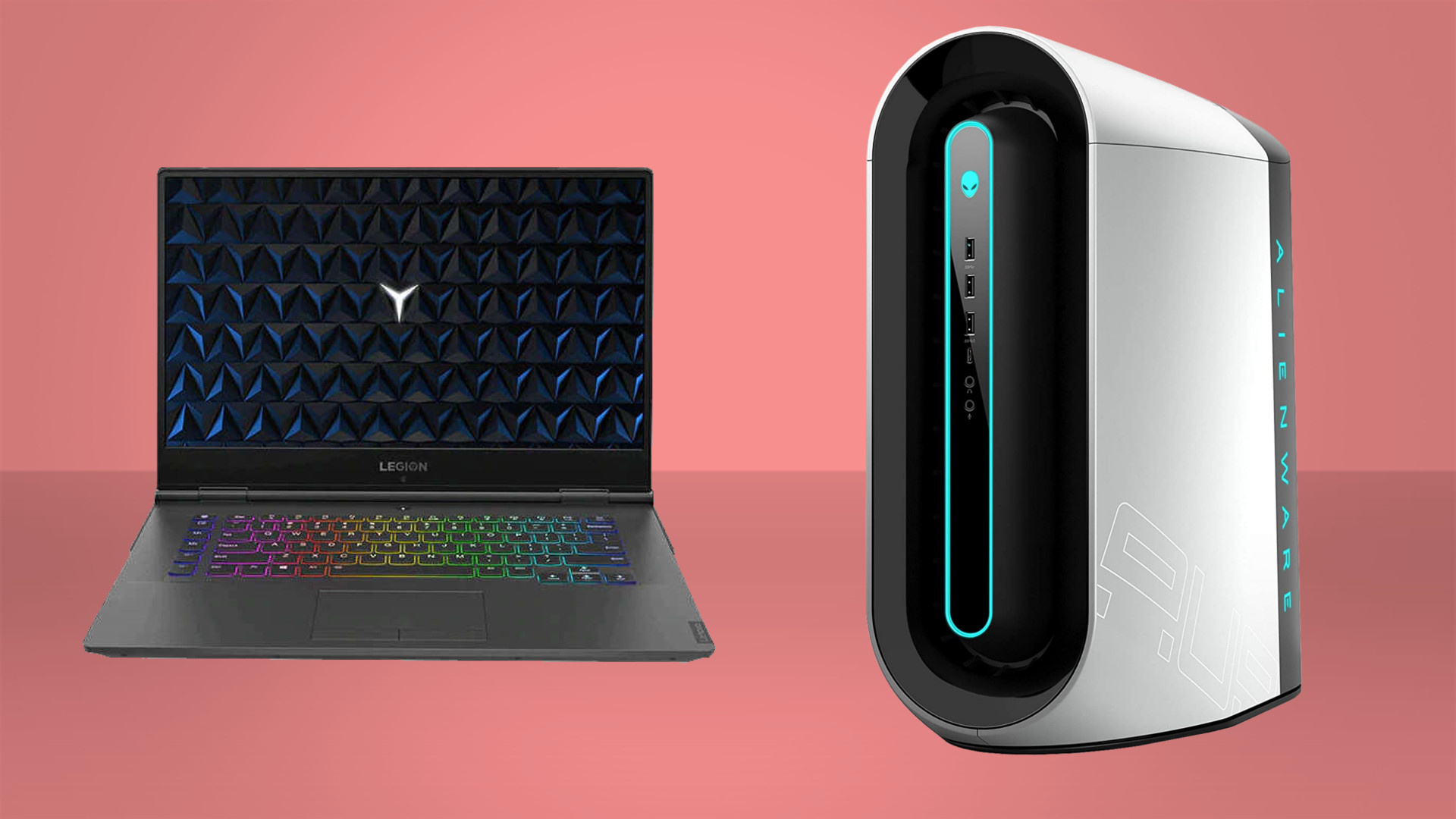Intel announces new 'leadership client CPU' being built by TSMC
It's not just going to be AMD building CPUs with TSMC in 2023 it seems.

Intel's 2023 CPU roadmap looks to be a busy one, with Meteor Lake—the next-gen successor to Alder Lake—set to arrive in our PCs, alongside an unnamed new client processor built by TSMC. Yes, the same foundry making all AMD's CPUs and graphics cards, is going to be manufacturing "additional leadership CPU products" for Intel.

Best gaming PC: the top pre-built machines from the pros
Best gaming laptop: perfect notebooks for mobile gaming
Although Intel has now created its own contract foundry business to rival TSMC, and to help shore up the chip supply shortage, that doesn't mean it's cutting ties to other foundries. Not by a long shot.
At the Intel Unleashed livestream, new CEO, Pat Gelsinger, announced that it would be expanding its "use of third-party foundry capacity across our portfolio to deliver the best products in every category that we participate in." That means we're going to get more Intel goodies baked by TSMC, but Gelsinger also explained that also means additional collaboration with Global Foundries, UMC, and Samsung too.
TSMC, however, is the only one of those other contract foundries Intel has actually announced any actual product with. Right now we're expecting the Intel Xe HPG graphics cards to be forged in the fires of TSMC's 7nm process, but I don't know how many of us expected an Intel client CPU to come out of Taiwan's semiconductor business.
After reiterating Intel's aim to deliver Meteor Lake in 2023—a 3D stacked processor, combining a 7nm compute tile with graphics and AI tiles, and potentially other 10nm CPU tiles too—Gelsinger went on to discuss another leading chip design we're to expect that same year.
"The strength of our new IDM 2.0 model means we can strategically use the breadth of our ecosystem to our advantage," he says. “For our 2023 roadmap, we will also leverage our relationship with TSMC to deliver additional leadership CPU products for our client and data center customers. This is the power of our new IDM 2.0 model combined with a modular approach to design and Intel’s industry-leading packaging technologies.”

So 2023 is going to be a big year for Intel, with its own Meteor Lake chip family making its debut alongside another high-end CPU product manufactured on an outside node, at another fab entirely.
Keep up to date with the most important stories and the best deals, as picked by the PC Gamer team.
It could be that Intel is aiming to utilise TSMC's smaller production processes for a low-power, high-performance notebook chip, as I'm still not convinced we'll see TSMC-made CPUs hitting our desktop machines, especially with Intel pushing forward with all these extra Lake chip families.
What is for sure is that this is a new start for Intel, but one that is looking to go back to the things that made it the top chipmaker in the world for so long, but also push ahead and do things Intel of old wouldn't. Opening up its facilities to the highest bidder, and sharing IP with customers is certainly new, as is increased collaboration with external fabs, even down to leadership client CPUs.
But the re-establishing of the old tick-tock model, and the creation of Intel On, an Intel Developer Forum for the modern age, is not just a bit of nostalgia, but some really solid foundations to build on.
"As I hope you've gathered: Intel is back," says Gelsinger wrapping up the event last night. "The old Intel is now the new Intel as we look to the future."
And that future looks bright, though I still think there's a tough few years ahead until we get to the inflection point that 2023 might represent.

Dave has been gaming since the days of Zaxxon and Lady Bug on the Colecovision, and code books for the Commodore Vic 20 (Death Race 2000!). He built his first gaming PC at the tender age of 16, and finally finished bug-fixing the Cyrix-based system around a year later. When he dropped it out of the window. He first started writing for Official PlayStation Magazine and Xbox World many decades ago, then moved onto PC Format full-time, then PC Gamer, TechRadar, and T3 among others. Now he's back, writing about the nightmarish graphics card market, CPUs with more cores than sense, gaming laptops hotter than the sun, and SSDs more capacious than a Cybertruck.

